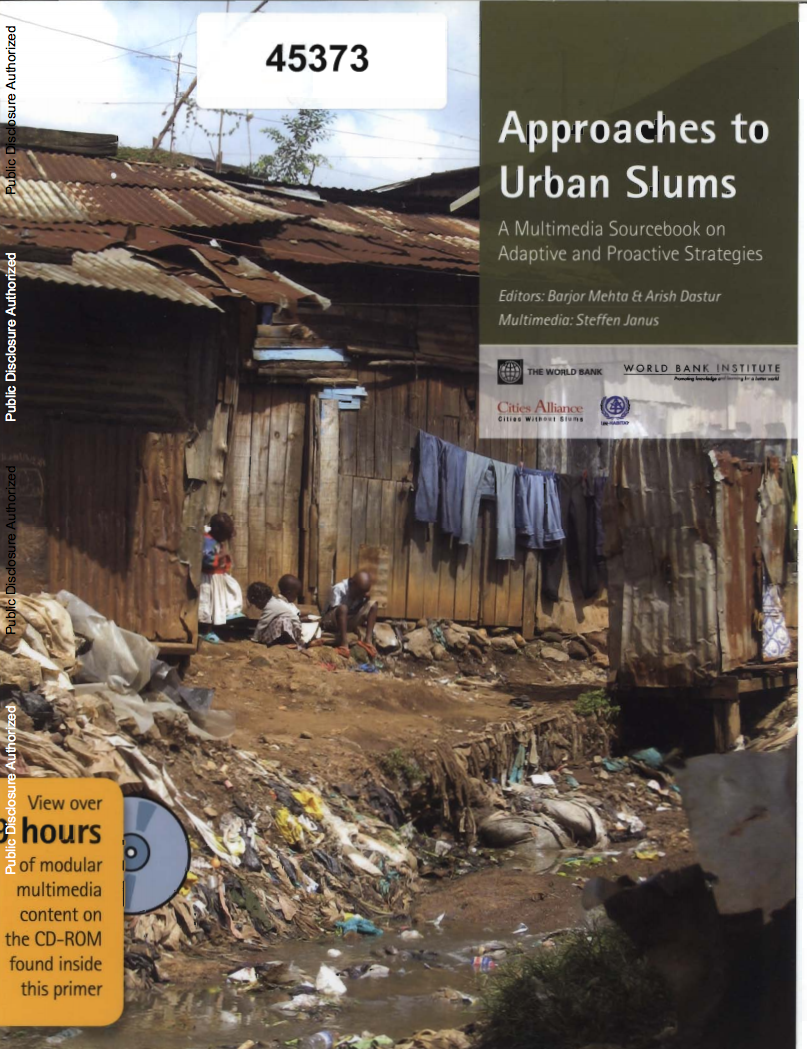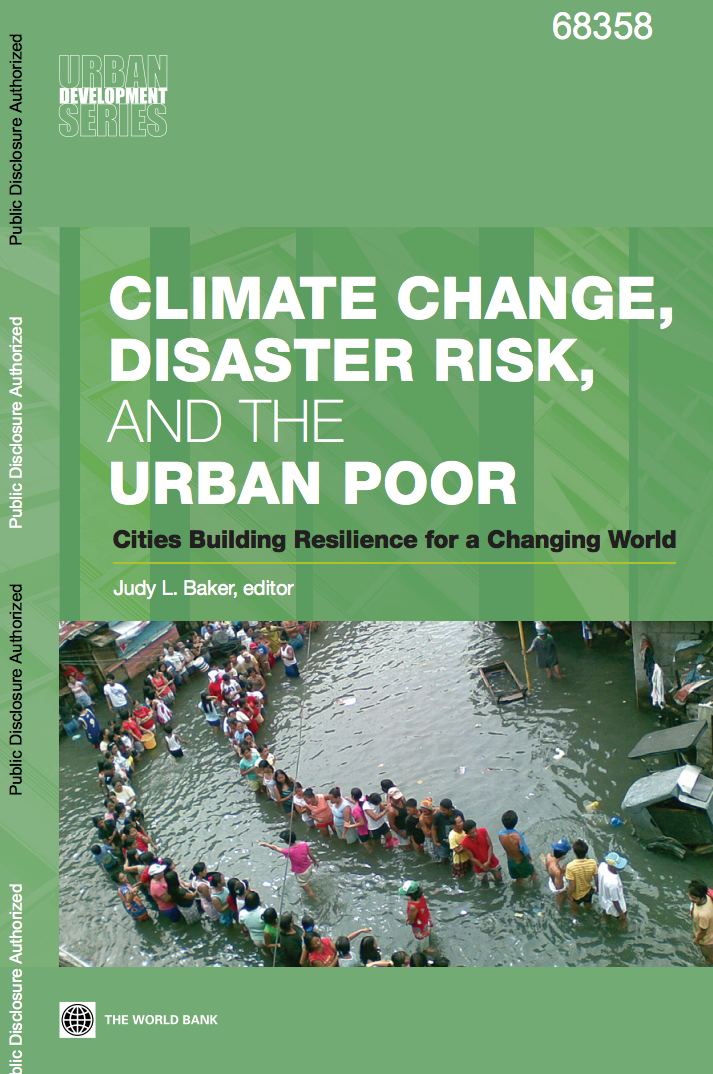Dimensions of Urban Poverty in the Europe and Central Asia Region
The objective of this study is to contribute to a better understanding of the extent and nature of poverty in urban areas in transition countries in Eastern Europe and the former Soviet Union, providing particular attention to the disparities within urban areas between capital cities and secondary cities, and focusing on dimensions of poverty related to provision of network infrastructure and energy services in cities. Household surveys carried out in 1998-2003 in 20 countries provided the data for the study.





